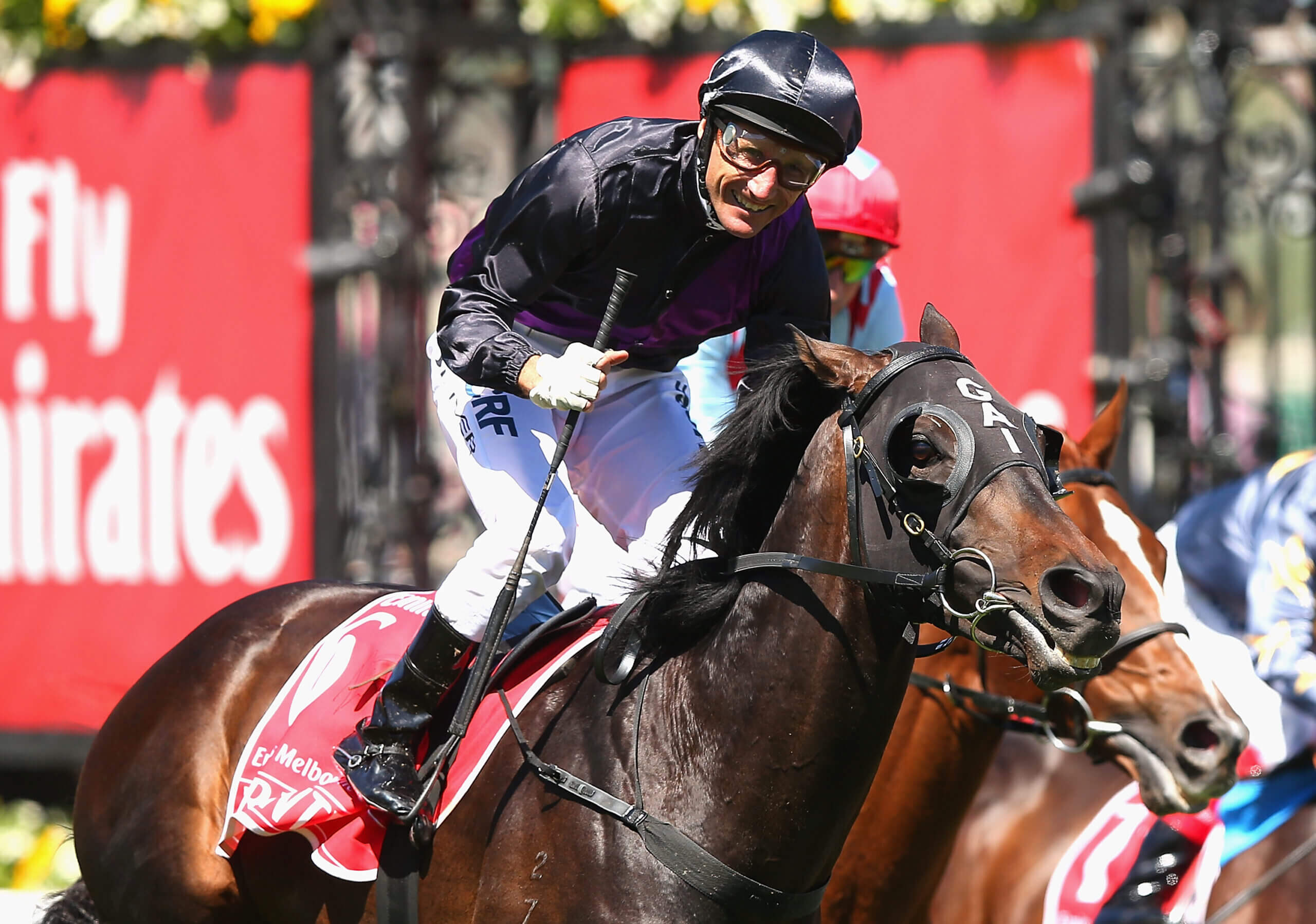‘Too slow, won’t sell’ – How the deck is stacked against Melbourne Cup-winning stallions
It is 79 years since a Melbourne Cup winner was subsequently crowned Australian Champion stallion, so what are the factors working against winners of ‘the great race’ when it comes to success at stud in Australia?

Firstly, let’s start by saying the last Saturday of the Australian racing season is no place to start making grand assumptions or prognostications.
The history, for the 2021/22 season at least, has been written and the champions all but crowned. The future, apart from some mid-winter flashes of light, will be more shaped by what happens as ‘the good horses’ return in the next month than what the final Saturday in July may offer.
However, Saturday’s Australian metropolitan racing was notable for a couple of things from a bloodstock and breeding perspective.
The first was that Listed Lightning Stakes winner Extremely Lucky looks a three-year-old of considerable promise, becoming the eighth stakes winner for Australia’s most expensive and most exciting young sire, Extreme Choice.
The Will Clarken-trained gelding is also bred on a 3 x 3 cross to Redoute’s Choice, sparking much discussion among pedigree anoraks about the success and desirability of close in-breeding and Australia’s obsession with ‘speed on speed’.
The second thing, which pretty much sits in contrast to the Extremely Lucky story, is that it was a good Saturday for Melbourne Cup-winning stallions.
2013 Cup winner Fiorente had three winners, two at Moonee Valley and one at Morphettville, while 2010 victor Americain and 2009 hero Shocking both had impressive metropolitan winners.








